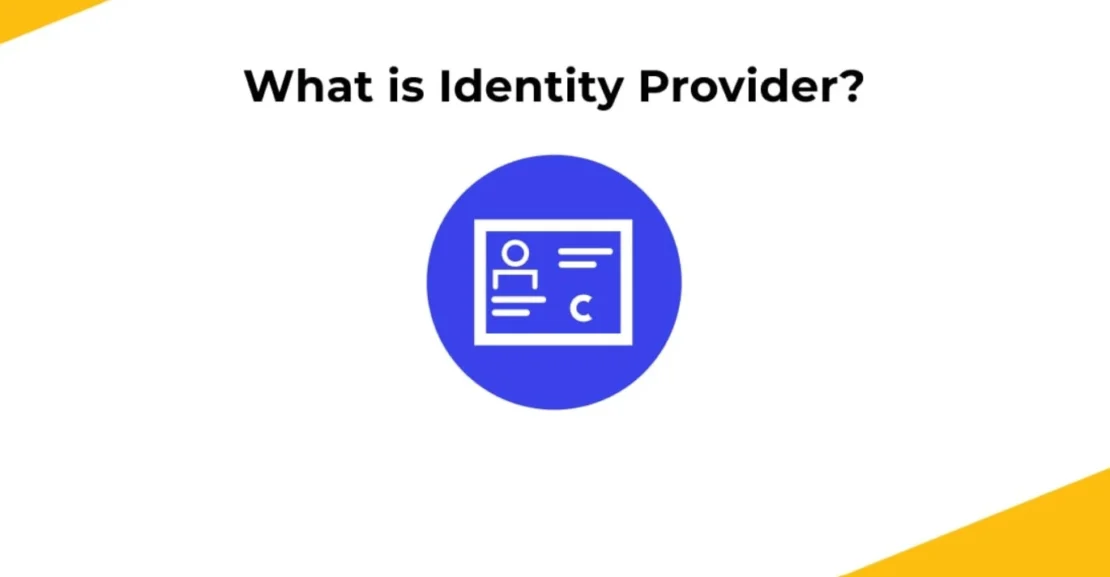What do you know about IDP? In fact, what is the IDP used for? If you have ever asked these questions, then you are very lucky to be here. This page explains what IDP is and what it is used for. Are you ready to learn about IDP?
What is IDP?
Before we answer the question “what is the IDP used for?” know this. IDP is a system that generates, maintains, and retains digital IDs. IDP simply stands for identity provider (IdP).
The user might be authenticated directly by the IdP, or it can offer authentication services to other digital service providers (websites, apps, and other services).
In short, user authentication as-a-service is provided by an IdP. For instance, you can access Spotify by logging in with your Google account credentials. In this case, Spotify is the service provider (SP) and your Google Sign-In is the IdP.
What is the IDP Used for?
An IdP is used to authenticate users on any website that requests a login. The user can be authenticated using a password or another type of authentication.
In this case a user is referred to as a principal from an IdP perspective. A principle may be either a machine or a person.
Any entity, including devices, can be authenticated by an IdP. An IdP’s job is to monitor these entities and know where to look for the primary identities that establish a person or device’s eligibility to access sensitive data.
Additionally, access to all a user’s resources, including email and corporate file management systems, is made easier with the help of an IdP.
Also, identity providers (IdP) can assist in resolving a number of administrative issues that companies encounter.
Long lists of usernames and passwords are almost removed, administration is made simpler, and, in the event that a problem arises, there is a thorough paper trail of all access attempts when using an identity service provider.
How the IDP Works
Apart from asking :what is the IDP used for?”, people really want to know how it works. There are three essential steps in an IdP workflow. They are:
Request: Some identifying information, like a username and password or biometric authentication, is required of the user.
Verification: The IdP looks up the user’s access level and content to see if they have any.
Access: After unlocking, the user can access the resources to which they have been granted permission.
READ ALSO:
- How Do I File a Complaint Against a Company in Nigeria?
- PCC in Nigeria: Significance and Application Process
- What are the Fastest Electric Racing Cars?
- Are Electric Cars Faster than Regular Cars?
- What is the Highest Speed of an Electric Car?
How Does an IDP Function with a Service Provider (SP) and what Does it Entail?
An identity provider (IdP) is an organization that generates, maintains, and authorizes identities in addition to providing the service that is being used.
SPs and IdPs are components of federated identity management (FIM), which permits users to access various resources using the same verification technique. Standard protocols like OpenID Connect (OIDC), SCIM, OAuth, and SAML enable FIM.
In order to authenticate users across domains and share IDs, the IdP builds a trusted relationship with an SP.
Using a SAML assertion, the IdP verifies the user’s identity and notifies the SP that the user is authorized to use the service.
Advantages of IDP
Moving away for “what is the IDP used for?”, let’s examine some of the advantages of IDP. There are various advantages, such as:
1. Robust Authentication
An Identity Provider (IdP) can offer products and services like risk-based adaptive multi-factor authentication (MFA) that guarantee safe access to apps, websites, and other digital platforms.
2. Streamlined Administration of Users
Single sign-on (SSO), which spares consumers the trouble of creating and keeping multiple usernames and passwords, is another solution offered by the majority of IdPs.
3. Allows Users to Avoid Creating New Identity Credentials
Bring Your Own Identity, or BYOI, allows users to avoid creating new identity credentials by using the ones they currently have to access services like Google, Outlook, and so on.
This keeps a high level of security in place while further enhancing the effectiveness of managing and onboarding users.
4. Increased visibility Lessens the Load on Identity Management
The SP no longer has to handle user identity management because an IdP will keep a central audit trail of all access events, making it easier to prove who is using what resources and when.
Types of Identity Provider (IdP)
Single-Sign On (SSO) and Security Assertion Markup Language (SAML) are the two main categories of identity providers.
SAML is a markup language with an XML foundation that is used for identity federation authentication. Many applications from service providers, including Office 365, Salesforce, Webex, ADP, and Zoom, support the widely used SAML protocol.
SSO is an access management feature that lets users access numerous accounts, programmes, systems, and resources by using a single set of identity credentials.
Now, you know the uses of IDP, no need to still ask “what is the IDP used for?”. You should probably reflect more on what you have read or still, give it a second read. IDP is very effective and important.





